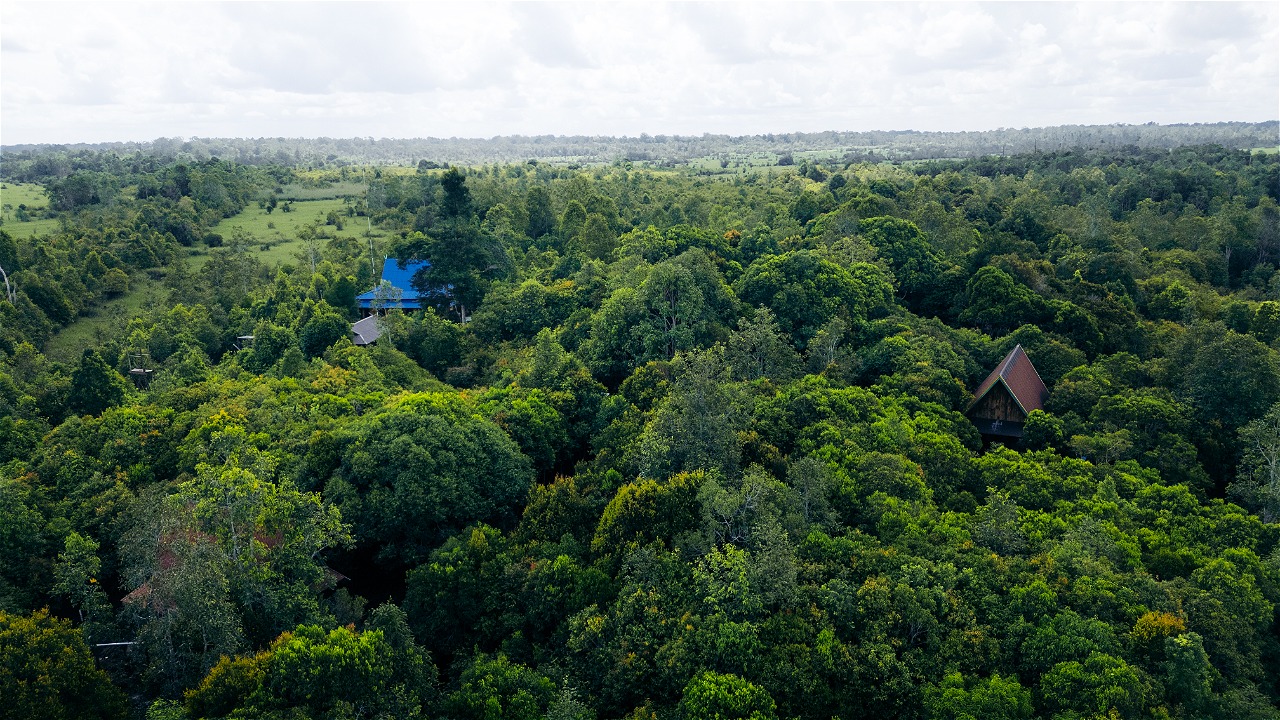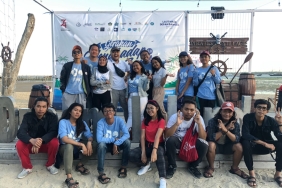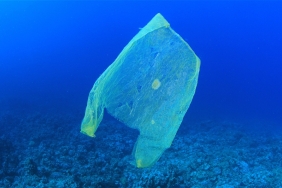A GLIMMER OF HOPE FROM THE LAND OF SUOH (JOURNALIST TRIP)
By: Hijrah Nasir
That afternoon, a group of journalists and I traveled along a rocky road in one of the remote villages in West Lampung Regency. The long journey with mountains on either side was a beautiful sight that accompanied our journey. Unfortunately, the rapid clearing of forest land for coffee, chocolate and pepper plantations in this area has had an impact on the decline in the function of forests as erosion prevention, especially in areas with a large slope. It is unfortunate that the practice of illegally converting forest for plantation land is increasing in the protected forest area that we passed.
Our trip this time was in order to introduce the potential of Suoh to journalists from a number of local and national mass media. The activity held by Rumah Kolaborasi in collaboration with WWF Indonesia on December 11-12, 2016 aims to see firsthand the condition of the Suoh community as well as the geothermal potential, economic potential, and tourism that has not been managed properly. In addition, we also had the opportunity to take a close look at the organic rice Field School activities initiated by WWF in this village.
That afternoon, Sugihartono enthusiastically explained the field school program that he joined 5 years ago. The program launched by WWF to assist farmers to carry out sustainable agricultural practices has now produced 1,730 participants spread across 23 villages in Lampung.
After completing the cocoa field school in 2011, Sugihartono finally applied the farming patterns he learned in the cocoa field school to organic rice farming. Assisted by WWF, now the organic rice field school in his village has successfully held 3 field schools with the number of participants reaching 100 people spread across Suoh and Sumber Rejo sub-districts.
Sugihartono has now become a facilitator for field school training for the farming community in his village. Farmers learn and conduct their own research on how to cultivate land sustainably, including plant nutrition, food chains, and how to control pests and plant diseases without using pesticides and other chemicals. Armed with this knowledge, Suoh farmers are now slowly but surely starting to switch to planting organic rice.
By planting organic rice, farmers can reduce production costs to 1 million rupiah for two growing seasons per hectare, which used to reach 7 - 8 million per hectare per season for non-organic rice. Organic rice is also priced more expensive than non-organic rice. In addition, the demand for organic rice is also quite high, although sometimes the group cannot fulfill the demand due to low production. In the future, they will apply for certification for their organic rice products.
After a long discussion with the farmers who participated in the field school, we moved on to Keramikan, one of the tourist attractions in this area that has not been well managed. Keramikan itself is a plain that comes from sulfuric liquid and sand from the Suoh heat source that hardens and is adjacent to a hot spring with an area that is included in the Bukit Barisan Selatan National Park (TNBBS). Poor infrastructure and lack of clarity about the management of this place from the BBS National Park, hiding the potential of this place which could actually provide benefits to the Suoh community. In fact, Suoh tourism can be used for direct utilization of geothermal potential as stated in Law Number 21 of 2014 concerning Geothermal.
Not only that, the uniqueness of this place can be seen from the many other tourism potentials, for example the existence of 4 large lakes, namely Lake Oil, Lake Lebar, Lake Asam, and Lake Belibis whose beauty can be enjoyed from the top of the hill. But unfortunately the beauty of this remote place has not been able to provide many benefits to the surrounding community. In fact, only in the last few years the community has been able to enjoy electricity by utilizing solar panels and from a hydroelectric power plant that they are working on independently.
This activity, which collaborates with journalists from print and online media such as KOMPAS, Radar Lampung, Lampung Pos, Teras Lampung, and Antara, is expected to help introduce Suoh's potential and absorb actual information from the Suoh community with all its dynamics and problems. Because through community empowerment activities around the TNBBS area, the hope for conservation goals can be maximized.





